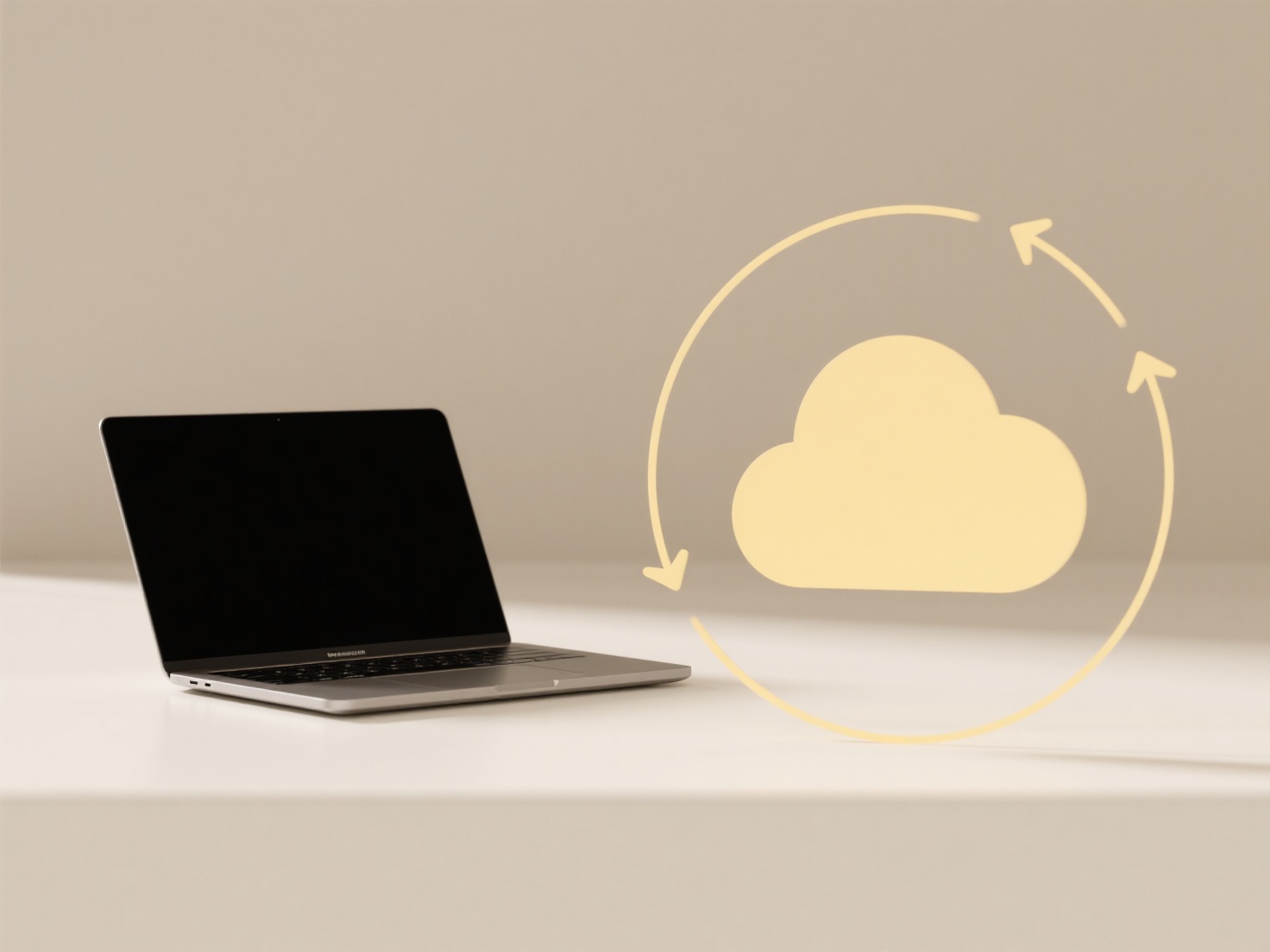
File permissions are access rules that determine who can interact with computer files and folders and in what way. These rules specify whether a user or group can read the content, modify (write to) the file, or execute it as a program. They differ from file ownership, which identifies who created or controls the file; permissions define what actions different owners, groups, or the general public are explicitly allowed to perform on that file or directory.
For instance, on a personal computer, you might set a document's permissions so you can read and edit it, colleagues in your team group can only read it, and others have no access at all. System administrators use these permissions extensively to secure servers, ensuring critical system files (like configuration files in Linux or Windows) can only be modified by authorized accounts to prevent accidental or malicious changes.

Effective file permissions enhance security by restricting unauthorized access and preventing accidental data loss. However, complex permission management in large organizations can become cumbersome and lead to errors if not managed carefully. Ethically, properly configured permissions are crucial for protecting user privacy and sensitive data. Advances include more granular permission models like Access Control Lists (ACLs) and integration with identity management systems for more scalable administration.
What are file permissions?
File permissions are access rules that determine who can interact with computer files and folders and in what way. These rules specify whether a user or group can read the content, modify (write to) the file, or execute it as a program. They differ from file ownership, which identifies who created or controls the file; permissions define what actions different owners, groups, or the general public are explicitly allowed to perform on that file or directory.
For instance, on a personal computer, you might set a document's permissions so you can read and edit it, colleagues in your team group can only read it, and others have no access at all. System administrators use these permissions extensively to secure servers, ensuring critical system files (like configuration files in Linux or Windows) can only be modified by authorized accounts to prevent accidental or malicious changes.

Effective file permissions enhance security by restricting unauthorized access and preventing accidental data loss. However, complex permission management in large organizations can become cumbersome and lead to errors if not managed carefully. Ethically, properly configured permissions are crucial for protecting user privacy and sensitive data. Advances include more granular permission models like Access Control Lists (ACLs) and integration with identity management systems for more scalable administration.
Quick Article Links
Can I lock a file format to prevent editing?
Locking a file format typically refers to applying restrictions within the file itself or via its environment to prevent...
Why do file conflicts happen?
File conflicts occur when multiple users attempt to modify the same file simultaneously in a shared environment, like cl...
Can I rename AI training data after model evaluation?
Renaming AI training data after model evaluation refers to modifying filenames or metadata identifiers in your dataset c...